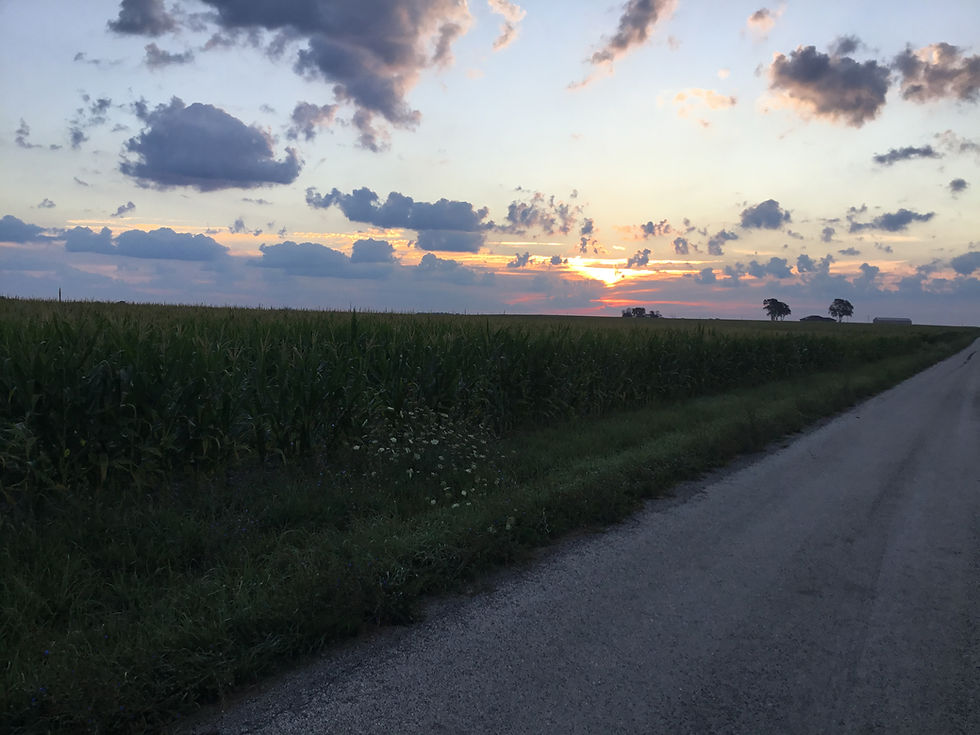Little Movement in Carbon
- michaellauher
- Feb 4, 2022
- 2 min read
Updated: Jun 16, 2022
Reprinted with permission from an article I wrote for Prairie Farmer in January 2022.
About a year ago, we talked carbon credit payments in this column, asking whether payments for carbon credits should go to the farmers who implement the practices or to the landowners who hold the ground that stores the carbon. Ultimately, both sides of the equation are important. You can’t store carbon without adopting the practices that enable it, and you can’t store carbon without the ground to do it in.
If you will recall, carbon sequestration is the practice of altering farm operations to enhance storage of carbon in the soil. This is primarily accomplished through adoption of no-till practices and cover crops. If these practices already have been implemented on a farm, it is unclear if credit or payment is available, since there wouldn’t be any change to the amount of carbon being stored.
I recently had the opportunity to check back with Eric Schumacher, First Mid Ag Services, to see if there have been any changes.
“Unfortunately, there hasn’t been much change in the carbon sequestration landscape since we last spoke,” Schumacher says. “There hasn’t been much movement about the amount to be paid or who gets paid when and how.”
Companies that offer carbon payments are still looking for a long-term 10-year contract, and payments are still hovering around $10 to $15 per acre. “There are some new players, but all are looking for farmers to buy their data management system as part of the deal,” Schumacher says.
ADVERTISING
“There are also questions about who owns the data. Production information is considered to be trade secrets by many farmers. There are those who are reluctant to share this data,” Schumacher adds. “Farmer hesitation and lack of demand from our landowner clients has slowed our entry into this space to a virtual standstill.”
Wait and see?
With grain prices pushing record highs, I think it’s hard to get excited about locking a client landowner into a long-term contract at the current offering, especially if the payment is shared. There are still too many unknowns. Ten years is a long time when you are not sure what to expect for what practices or conditions may ultimately be required.
Schumacher and the managers at First Mid Ag Services are sticking to their wait-and-see stance. There may be other opportunities.
In late 2020, the Illinois Sustainable Ag Partnership, a coalition of conservation-minded organizations, developed a Carbon Farming in Illinois Fact Sheet, which can be found on its climate web page. ISAP estimates over $300 million could be potentially available to farmers with eligible acres annually. This includes not only the market-based programs, but also federal and state opportunities. ISAP notes that the federal Environmental Quality Incentives Program and Conservation Stewardship Program offer up to $52-per-acre payments for participation. State programs such as the Partners for Conservation Program and Fall Covers for Spring Savings could bring in up to $40 per acre. The coalition also notes that enrollment in state and federal programs does not prevent enrollment in carbon markets.
Perhaps combining state and federal payment sources with market-based ones will be enough to push the needle forward for storing more carbon in America’s heartland.





Comments